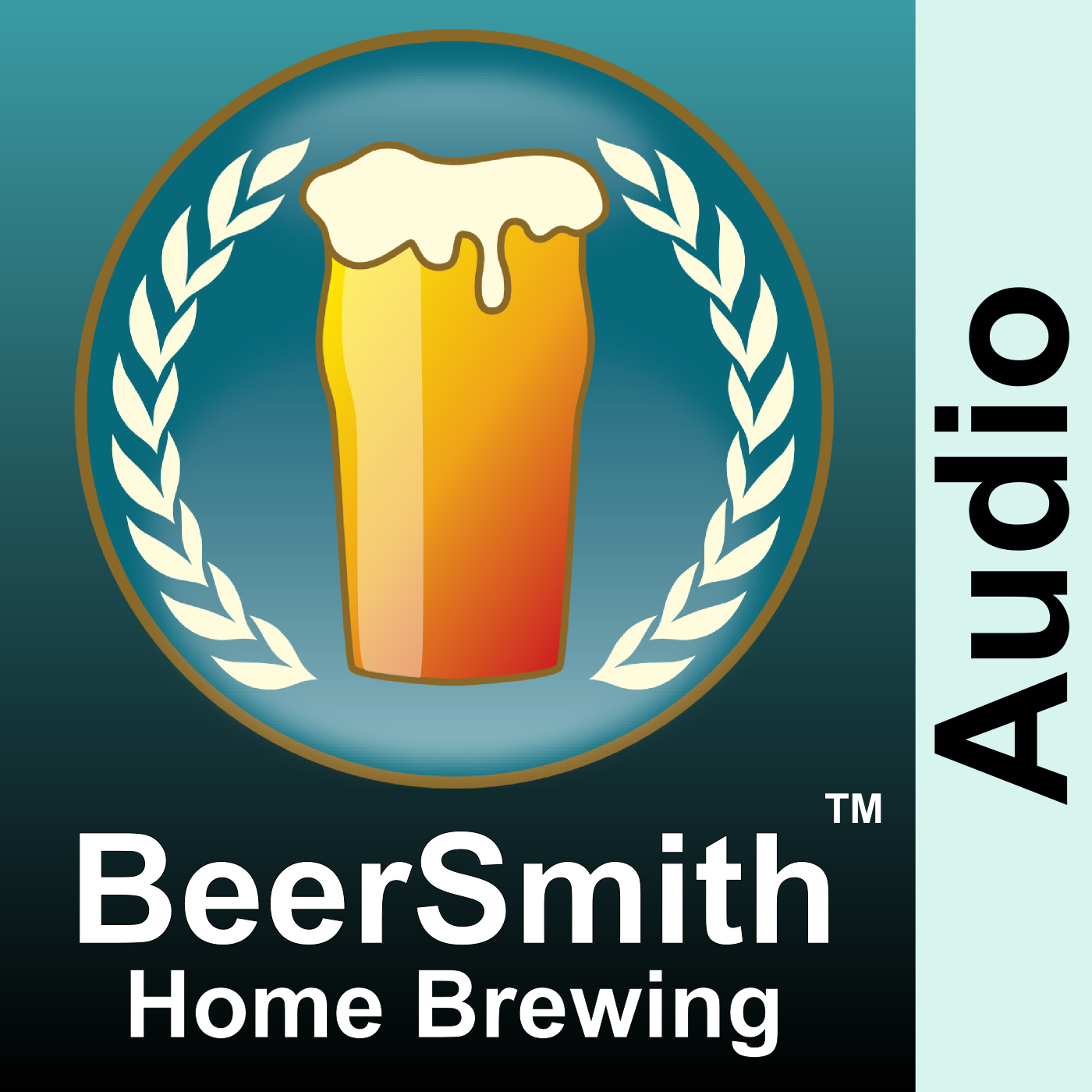We're sunsetting PodQuest on 2025-07-28. Thank you for your support!
Export Podcast Subscriptions
Mash Hopping and Beer Stability with Scott Janish – BeerSmith Podcast #305
2024/6/13

BeerSmith Home and Beer Brewing Podcast
S
Scott Janisch
Scott Janisch: 我一直对麦芽浆投料持怀疑态度,但研究表明,酒花中的α-β酸能与谷物中的金属络合,降低金属浓度,从而减少氧化问题。在高pH值下,α酸能更好地螯合金属,因此在糖化开始时加入酒花效果更佳。我们希望啤酒在第一天和第三周都好喝,所以我们采用了在糖化过程中加入酒花的方法,以降低氧化风险。虽然糖化过程中的酒花风味贡献很低,但某些酒花,如罗布乐,在高浓度下可能会带来一些风味。如果想要获得更多风味,可以使用低硫醇酵母,并添加富含硫醇前体的酒花。使用糖化过程中的酶活性,可能有助于硫醇前体的释放,从而增强硫醇风味。根据研究,每桶使用0.4磅酒花可降低30%的铁含量,对于5加仑家酿,大约只需1盎司。使用过的干酒花仍含有约70%的α酸,可考虑将其用于糖化,以增强啤酒稳定性。我们的啤酒保质期很长,这可能与我们采取的多种措施有关,包括糖化加酒花。我希望更多的酿酒厂尝试这些技术,并分享他们的测试结果,以确定其价值。我倾向于将文献作为灵感,不断调整我们的工艺,进行测试,并确定是否长期坚持。
Deep Dive
This chapter explores the recent resurgence of mash hopping in brewing. The practice involves adding hops to the mash to reduce metal concentrations, particularly iron, resulting in improved beer stability and reduced oxidation issues. The discussion includes the science behind this technique and its impact on beer flavor.
- Mash hopping reduces metal concentrations (especially iron) in beer by about 30%, improving stability.
- Higher pH levels in the mash enhance the metal-reducing properties of hops.
- Flavor contribution from mash hopping is minimal, except potentially with high-thiol yeast strains.
Shownotes Transcript
Scott Janish joins me this week to discuss mash hopping and steps he takes to control oxygen and enhance long term beer stability. You can find show notes and additional episodes on my blog here.